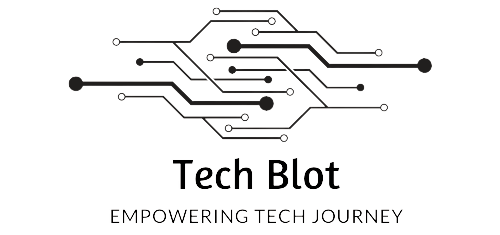In a period where artificial intelligence (AI) structures are continually fit for conveying works that rival human creativity, the discussion encompassing AI-generated content ownership becomes basic. As we research the complexities of intellectual property in the hour of machine learning and AI, questions emerge about how conventional contemplations apply to this new domain. The discussion loosens up across different districts, inducing authentic educated authorities, tech-trained subject matter experts, and makers to give composed points of view on the issue. To jump further into this amazing subject and its implications, visit TechBlot, which pushes toward state-of-the-art conversations depicting this new wild.
The Current Situation of AI in Creative Fields
AI’s impression in creative fields is relaxing at a sublime speed, muddling the lines between human creativity and machine-generated content. The opportunity of “Intellectual property and AI” has changed into a focal subject in conversations as AI structures produce show plugs, music, making, and code that challenge how we could decipher authorship. With AI creativity and copyright being intimated, accomplices are wrestling with requests regarding who holds the moral and financial rights to AI-generated works.
Arguments for Machine Ownership
The contention for machine ownership in the domain of AI-generated content is laid out in the probability that, since AI structures straightforwardly make works without direct human mediation, they ought to have been apparent as another sort of state-of-the-art producer. For example, an AI that makes novel music raises the subject of “AI music copyright” – expecting the music could agree that one is of a sort and not got from changed plans, should the AI then be given up copyright or something to that effect? Advocates for sewing machine ownership of intellectual property consolidate the probability that the improvement of AI limits requires a reconfiguration of how we could decipher authorship. This viewpoint battles that indistinguishably as we consider how to change IP address on Android gadgets for different reasonable reasons, we may correspondingly have to change what’s happening “IP” – intellectual property – to remain aware of mechanical levels of progress concerning “AI-generated content ownership”. However, this view remains asking to be disproved because of the lawful and moral repercussions of ascribing ownership rights to non-human substances.
Arguments Against Machine Ownership
Foes of machine ownership maintain that crediting AI authorship rights to non-cognizant parts could segregate the certifiable surface of intellectual property rules expected to safeguard human creativity.
- A key contention depends on the explanation that AI, similar to contraptions and tasks used to change an IP address on Android or get the VeePN Chrome extension for secure looking, remains an instrument made and worked on by individuals.
- The substance of this point of view is that machines come up short on office, aim, or moral standing significant for ownership.
- Additionally, without clear veritable definitions, the attribution of rights to AI can incite adverse results, for example, covering improvement by making dependable uncertainties or diminishing inspirations for human creators.
Intellectuals stress that while programming like VeePN works with certain exercises, the confirmation of machine ownership could incite perplexing circumstances where obligation and obligation are annihilated.
Intellectual Property Basics

Concerning “Intellectual property and AI”, sorting out the rudiments of intellectual property (IP) rules is focal. IP leads all over shield the rights of creators over their uncommon works, from books and licenses to plans and prohibitive advantages. It depends on the principle that the human creator, being the originator of the creative work, is allowed certain restrictive rights to utilize and convey it. However, the presence of AI has presented the confusing thought of “AI authorship rights”, problematizing the probability that a maker should be human.
Conclusion
The various conversations around “AI music copyright,” “machine learning,” and their parts in the level of “AI creativity and copyright” challenge us to imagine a normal predetermination of intellectual property that obliges the flood of mechanical movement. In this canny scene, where a VeePN improvement guarantees our electronic security and obscurity, correspondingly stimulated plans should be made to manage the creative outputs of AI. While machines can be contraptions to cultivate human creativity, designating ownership rights to AI could disturb the authentic plans expected to make up for human insight and effort.

